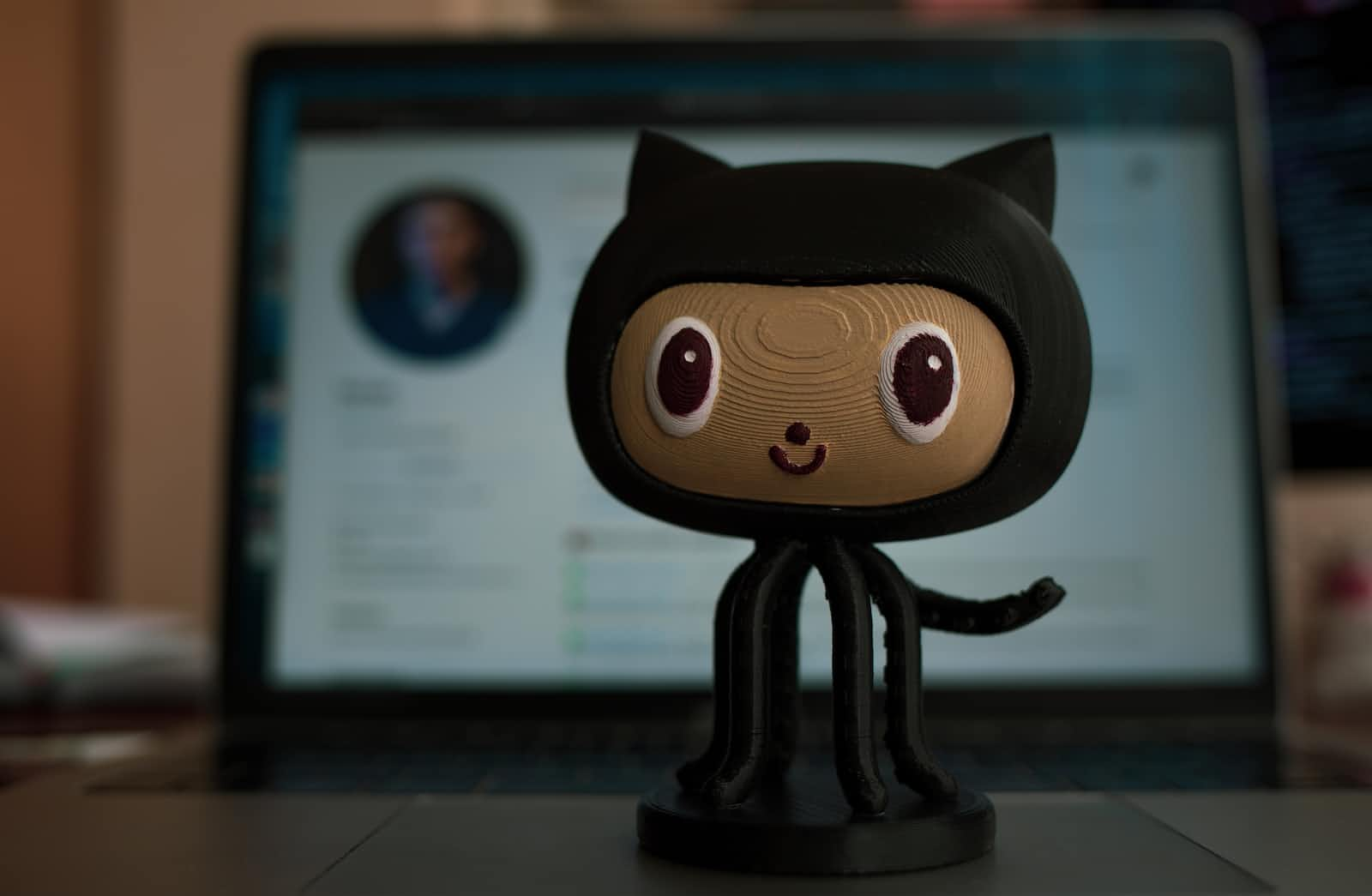Git Conflict: What it is and How to Resolve It
 Dikshant Hasbe
Dikshant Hasbe
Git is a powerful tool for version control and collaboration in software development. However, when multiple developers work on the same file simultaneously, conflicts can arise. These conflicts can be frustrating and time-consuming to resolve, but they are an inevitable part of the collaborative development process.
What is a Git Conflict?
A Git conflict occurs when two or more developers make changes to the same file and those changes conflict with each other. Git cannot automatically merge the changes, so it prompts the developer to manually resolve the conflict.
How to Resolve a Git Conflict
Resolving a Git conflict involves identifying the conflicting changes and deciding how to incorporate them into the final version of the file. Here are the steps to resolve a Git conflict:
Identify the conflicted file: Git will alert you to a conflict when you try to merge or pull changes. The conflicted file will contain conflict markers that indicate where the conflicting changes occurred.
Open the conflicted file: Use a text editor or an IDE to open the conflicted file. The conflict markers will be visible in the file.
Identify the conflicting changes: The conflict markers in the file will indicate which changes are conflicting. Each conflicting change will be enclosed in the markers.
Choose which changes to keep: Decide which changes to keep and which to discard. You can keep one set of changes, combine them, or discard both sets of changes and start over.
Save the file: Once you have resolved the conflict, save the file and exit the editor.
Commit the changes: Use the
git addcommand to stage the changes and thegit commitcommand to commit them to the repository.
Best Practices to Avoid Git Conflicts
Although conflicts are inevitable in collaborative development, there are some best practices you can follow to minimize them:
Communicate frequently: Communicate frequently with your team members to avoid making conflicting changes.
Use branches: Use branches to isolate changes and avoid conflicts. Each developer can work on a separate branch and merge changes into the main branch when they are ready.
Use pull requests: Use pull requests to review changes before merging them into the main branch. This can catch conflicts early and avoid wasted effort.
Use automated testing: Use automated testing to catch conflicts before they occur. Automated tests can detect conflicts in code that would otherwise go unnoticed.
In conclusion, Git conflicts are an inevitable part of collaborative software development. By following best practices and knowing how to resolve conflicts, you can minimize their impact on your workflow and keep your team productive.
Subscribe to my newsletter
Read articles from Dikshant Hasbe directly inside your inbox. Subscribe to the newsletter, and don't miss out.
Written by

Dikshant Hasbe
Dikshant Hasbe
Currently a Façade Engineer, looking to transition into Cloud & DevOps.